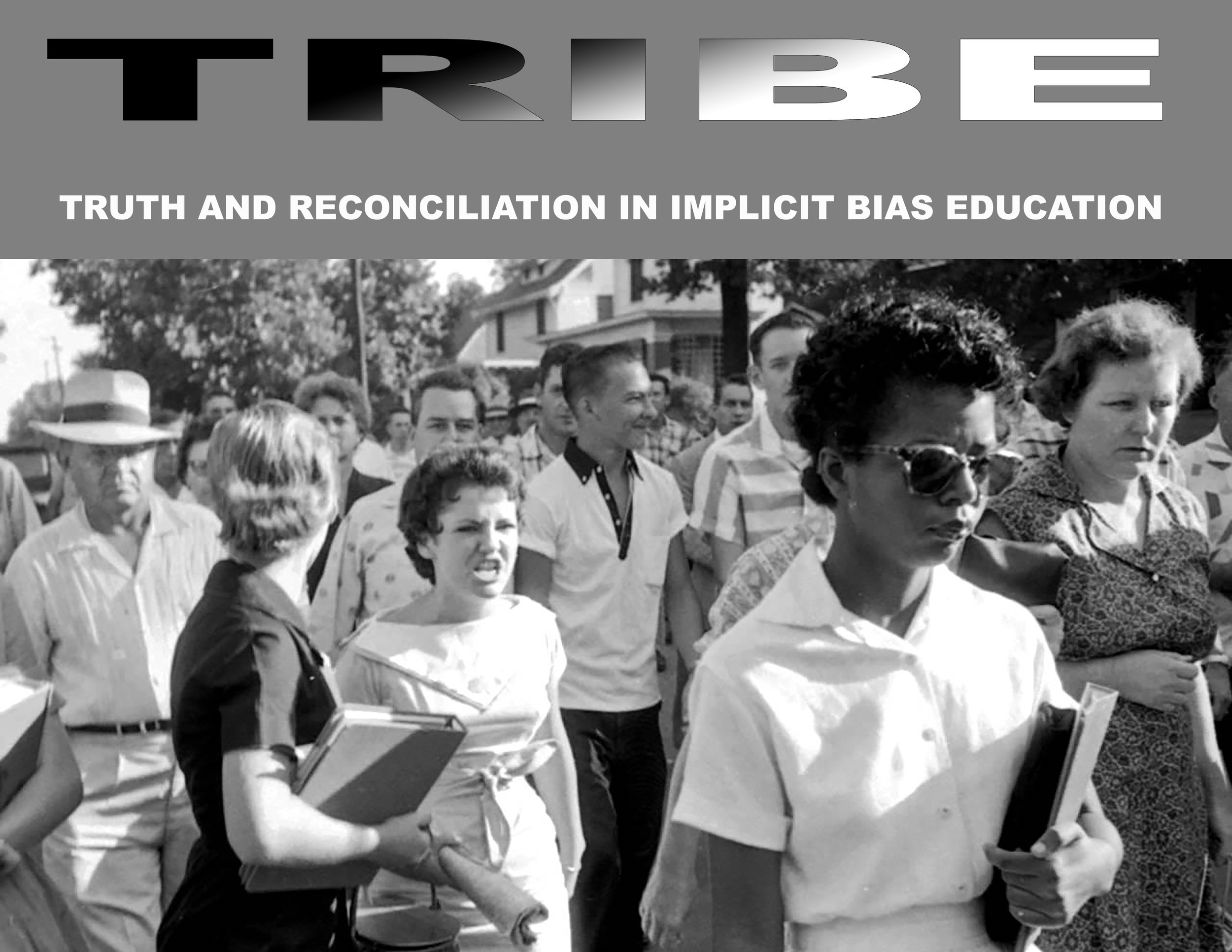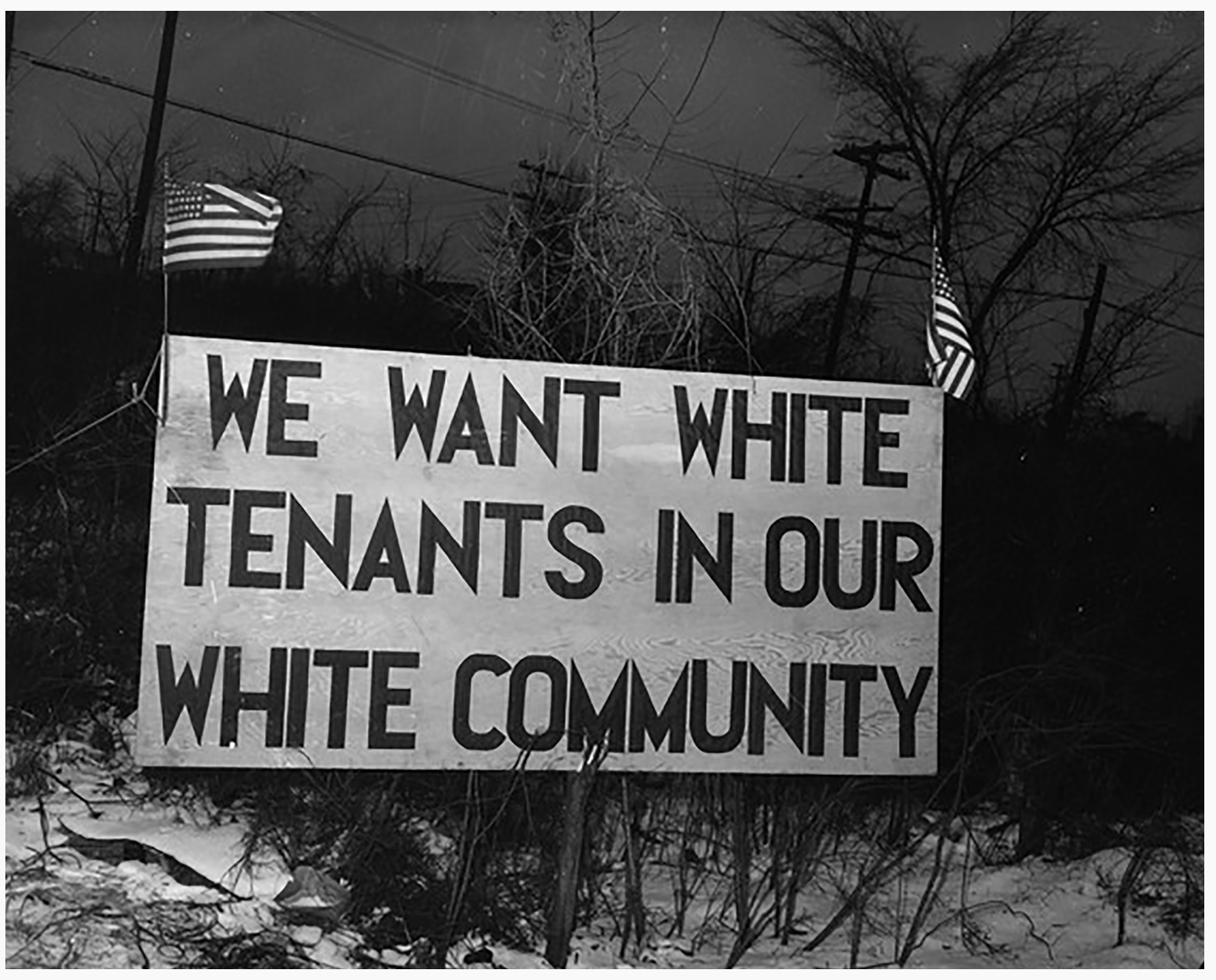TRIBE
TRIBE (Truth and Reconciliation through Implicit Bias Education) is a school assembly and related curriculum designed for middle and high school students, using the arts to address issues of racial justice. In response to requests for contemporary civil rights education resources from multiple educational institutions, TRIBE integrates multimedia elements of VIRAL: 25 Years from Rodney King, a touring community arts exhibition, with the latest racial equity education resources.



Heightened public awareness of racist violence in law enforcement, caused by the increased publishing of videotapes showing the deaths of unarmed civilians, has led many educators who visited the exhibition to express a desire to bring these topics and more contemporary civil rights issues into the classroom. Humanities teachers often feel stuck using educational materials' which present the civil rights movement as a thing of the past, despite clear evidence that the struggle for racial and economic justice is ongoing. Inquiry into whites' contributions to the problem of racial justice is being brought into discussions of racial equity. Unfortunately, the sensitivity of the topic has left many teachers adrift when it comes to engaging with today's racial justice movement. Consequently, several educators made a specific request for AR founder Daryl Wells to develop an in-school presentation and curriculum for this purpose.
After multiple requests for in-school programming addressing some of VIRAL: RK25's themes, the seeds for TRIBE were planted.
Since developing VIRAL: RK25, Wells has continued to expand her knowledge and training on related topics, including the restorative justice framework as it applies to criminal justice reform. Added to her extensive experience in art and social justice education, she began incorporating these concepts into a broader educational approach, using the arts as a springboard for meaningful discussion of racial justice. In selecting work for the TRIBE presentation, Wells plans to include the same varied approach as VIRAL:RK25.
In addition to traditional visual art media, contemporary video art, music, virtual reality, and even a video game contribute to reaching multiple intelligences while addressing a number of middle school and high school visual arts standards. Specifically, the themes and work introduced will engage students on the following middle and high school standards including:
Role and Development of the Visual Arts: Examine and describe or report on the role of a work o art created to make social comment or protest social conditions
Aesthetic Valuing: Articulate how personal beliefs, cultural traditions, and current social, economic, and political contexts influence the interpretation of the meaning or message in a work of art.
Visual Literacy: demonstrate an understanding on the effects of visual communicationon all aspects of society.
The TRIBE package offered in schools includes supplemental curriculum materials such as a pre- and post- presentation assessment on racial equity, to be completed in the weeks before and after the presentation; a 60-minute multimedia school assembly, plus a 30-minute post-assembly group reflection; and a long-term follow-up to be completed six months after the presentation. Through qualitative and quantitative measures, the program's impacts are be clarified and honed for future use. In addition to TRIBE, AR will continue launching touring public arts programs educating the public on the need for truth and reconciliation, engaging audiences most affected by civil rights injustices, and introducing a restorative justice framework to multigenerational audiences.